Before the tour leads back to Weimar, it takes us to Italy, where Goethe “was truly happy for the first time in [his] life”.
To generations of artists and friends of art Italy was a promise. There, directly tangible antiquity merged with the beauty of nature, the masterpieces of the Renaissance, and not least the idea of a free life beyond narrow social constraints. Even if the promise was not fulfilled for everyone, through the centuries, Rome and Italy had a liberating and inspiring effect time and time again. Travellers were drawn there by figures like the author and archaeologist Johann Joachim Winckelmann, whose books proclaimed antiquity to be the measure and ideal of art, thus paving the way for Neoclassicism, or the painter Angelica Kauffmann, whose portraits were sought after throughout Europe. A generation later Rome and Italy would also become favoured gathering places for the Romantic painters.
Also for Goethe, who went to Rome in 1786 as “Pittore Filippo Miller”, art and antiquity were central to his happy stay of almost two years. In Rome he lived on the Corso together with the artist Tischbein, who painted him in a travelling coat in the Roman Campagna. In Naples he admired Hackert, who lived there as court painter and gave Goethe drawing instruction. Hackert’s landscapes combine well-known classical architecture with detailed, precisely rendered vegetation and atmospheric scenes of figures. Always extremely carefully represented in detail, these clear compositions are often idealized compilations of various elements that bring together all of the beauties of Italy beneath the southern light.
Objects in the room
-
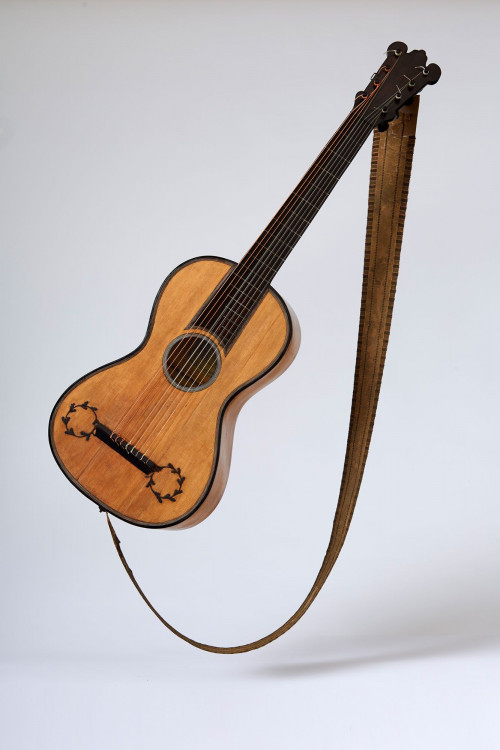
Werkstatt Gennaro Fabricatore
GITARRE AUS DEM BESITZ DER MARIANE VON WILLEMER
1811, spruce, maple, ebony
-
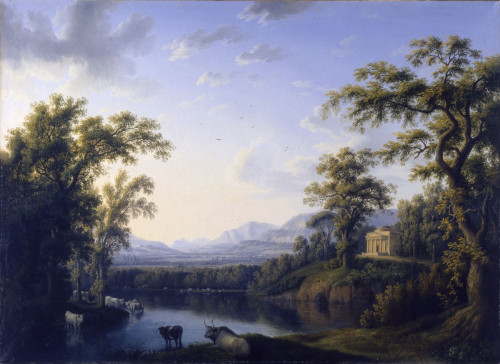
Jacob Philipp Hackert
IDEALE FLUSSLANDSCHAFT
1785, Öl auf Leinwand
-
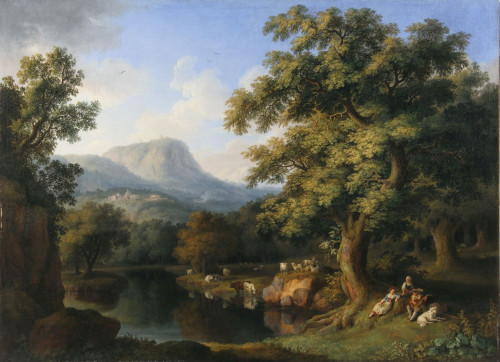
Jacob Philipp Hackert
IDEALLANDSCHAFT MIT MOTIVEN AUS DEN ALBANER BERGEN
1775, oil on canvas
-

Alexander Trippel
JOHANN WOLFGANG VON GOETHE
1789–90 nach dem Original von 1787–88, Gips, rot gefärbt
-
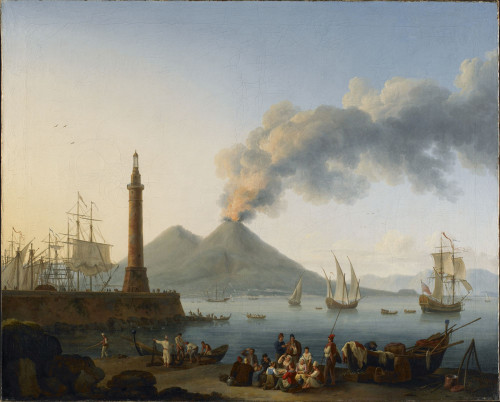
Jacob Philipp Hackert
DER HAFEN VON S. LUCIA IN NEAPEL
1771, oil on canvas
-
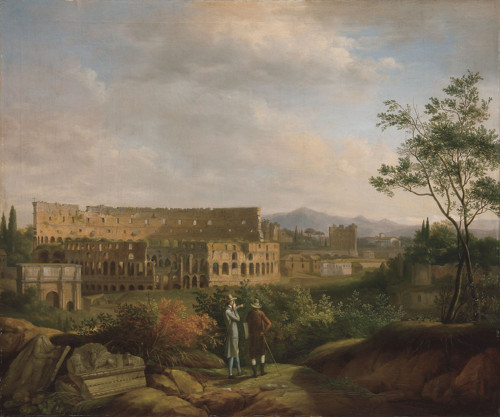
Unbekannt, Hackert-Umkreis
DAS KOLOSSEUM IN ROM
Around 1780/90, oil on canvas
-
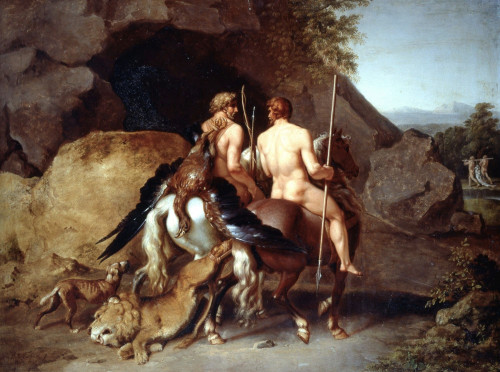
Johann Heinrich Wilhelm Tischbein
DIE STÄRKE DES MANNES (VERNUNFTBILD)
1787, oil on wood
-

Angelica Kauffmann
MADDALENA VOLPATO GEB. RIGGI
1795, oil on canvas
-
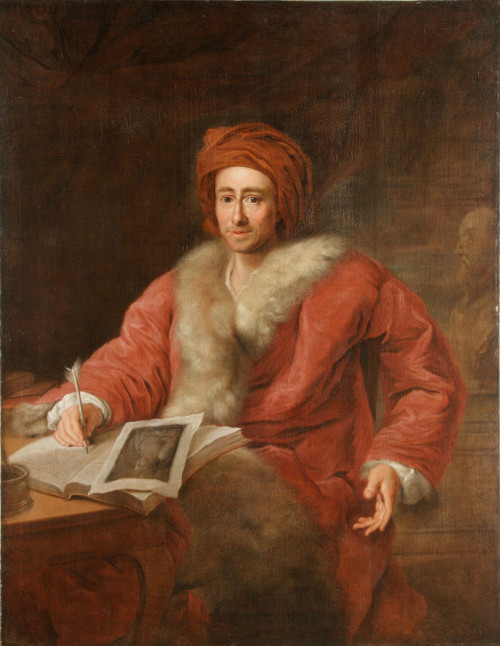
Anton von Maron
JOHANN JOACHIM WINCKELMANN
After 1768, oil on canvas
-
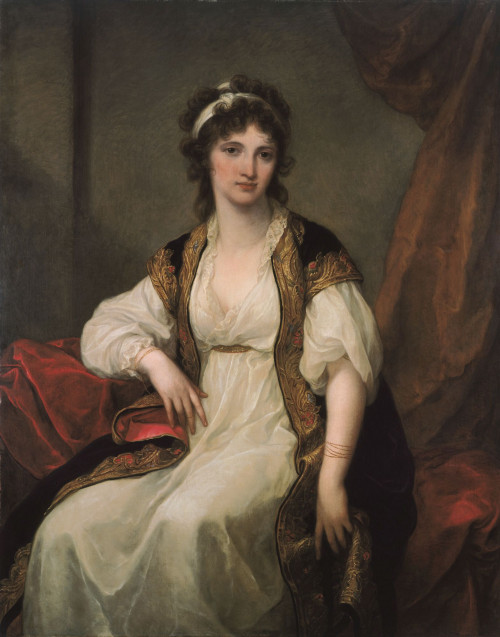
Angelica Kauffmann
BILDNIS EINER DAME IM ENTARI
Around 1790/95, oil on canvas
-

Unbekannt
JUNO LUDOVISI
Gipsabguss des antiken Kolossalkopfes aus Marmor aus der 1. Hälfte d. 1. Jh. n. Chr.
-
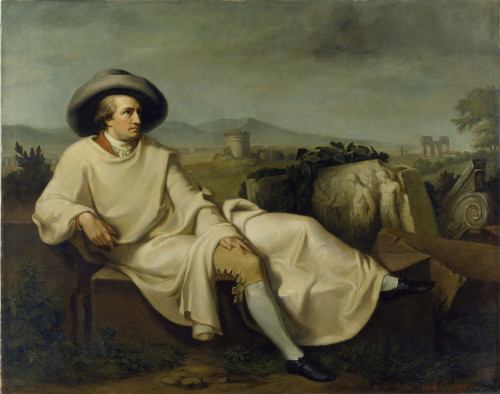
Karl Bennert
GOETHE IN DER CAMPAGNA
Around 1849, oil on canvas
-
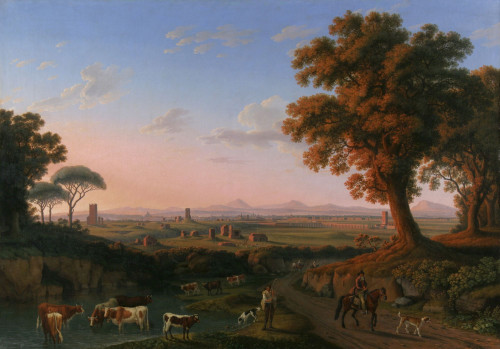
Jacob Philipp Hackert
BLICK AUF ROM VON DER VIA APPIA
1796, oil on canvas
-
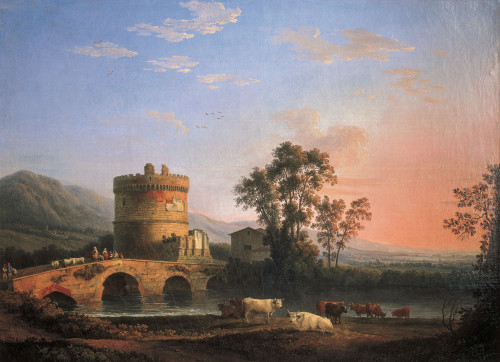
Jacob Philipp Hackert
GRABMAL DER PLAUTIER UND PONTE LUCANO
1780, oil on canvas
-
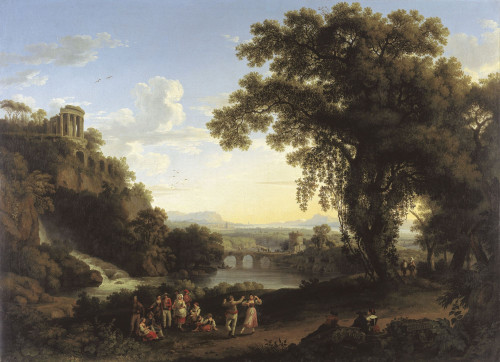
Jacob Philipp Hackert
IDEALLANDSCHAFT MIT MOTIVEN AUS DER GEGEND VON TIVOLI
1774, oil on canvas
-
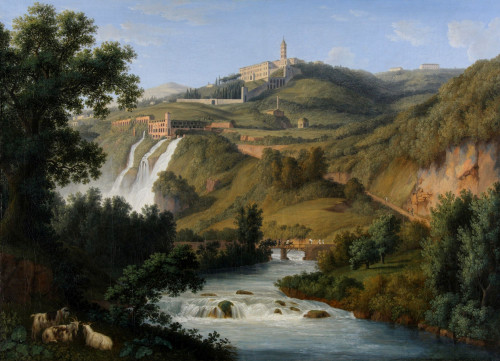
Jacob Philipp Hackert
DIE VILLA D’ESTE BEI TIVOLI
1792, oil on canvas